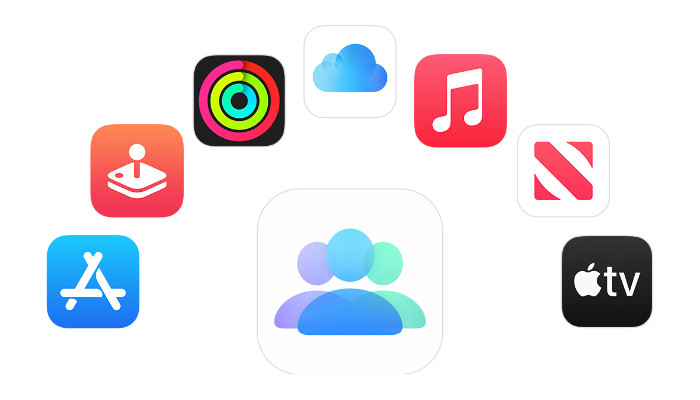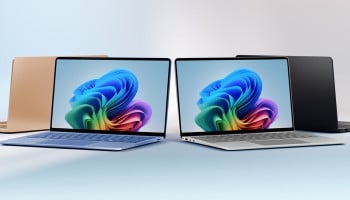
Apple has officially launched standalone versions of Apple Music, Apple TV, and Apple Devices for Windows. These apps were first previewed by the company in January 2023. After a year of testing, the Preview tags have been removed, allowing users to download these apps for their PCs. This move aims to reduce reliance on iTunes, which previously served as a central hub for these functionalities.
According to Gadgets360, the Support page of Apple highlights that users with Windows 10 or later can now access these dedicated apps. Apple Music enables users to manage their iTunes library, access purchases, and enjoy Apple's streaming service.
Likewise, Apple TV offers access to movies, documentaries, TV series, and the Apple TV+ streaming platform. Apple Devices facilitates updating, backing up, restoring, and managing iPhone and iPad devices, as well as syncing content from PCs.
The Windows versions of Apple apps support x86-based PCs running Windows 10 or 11. Users without the required operating system can continue using iTunes. Additionally, users must download all three dedicated apps, as attempting to download only one or two will prompt a message to download the remaining apps first.
Read more: Apple's iOS 17.4 to integrate new Transcripts feature in Apple Podcasts
After downloading all three, iTunes will only provide access to audiobooks and podcasts. Apple advises users not to delete iTunes, as both Apple Music and Apple TV apps rely on its library content.
Reportedly, Apple decided to split iTunes to mirror the functionality of the apps on Mac. The dedicated Windows apps offer a more streamlined interface and recently introduced features that may be absent in the older app. This move also extends Apple's streaming services to Windows users.
In other news, Apple researchers have introduced an AI-powered image editing tool called MGIE (MLLM Guided Image Editing). This tool can edit images using simple text prompts, offering capabilities such as Photoshop-style edits, global optimization, and local edits, as per the preprint paper.
















